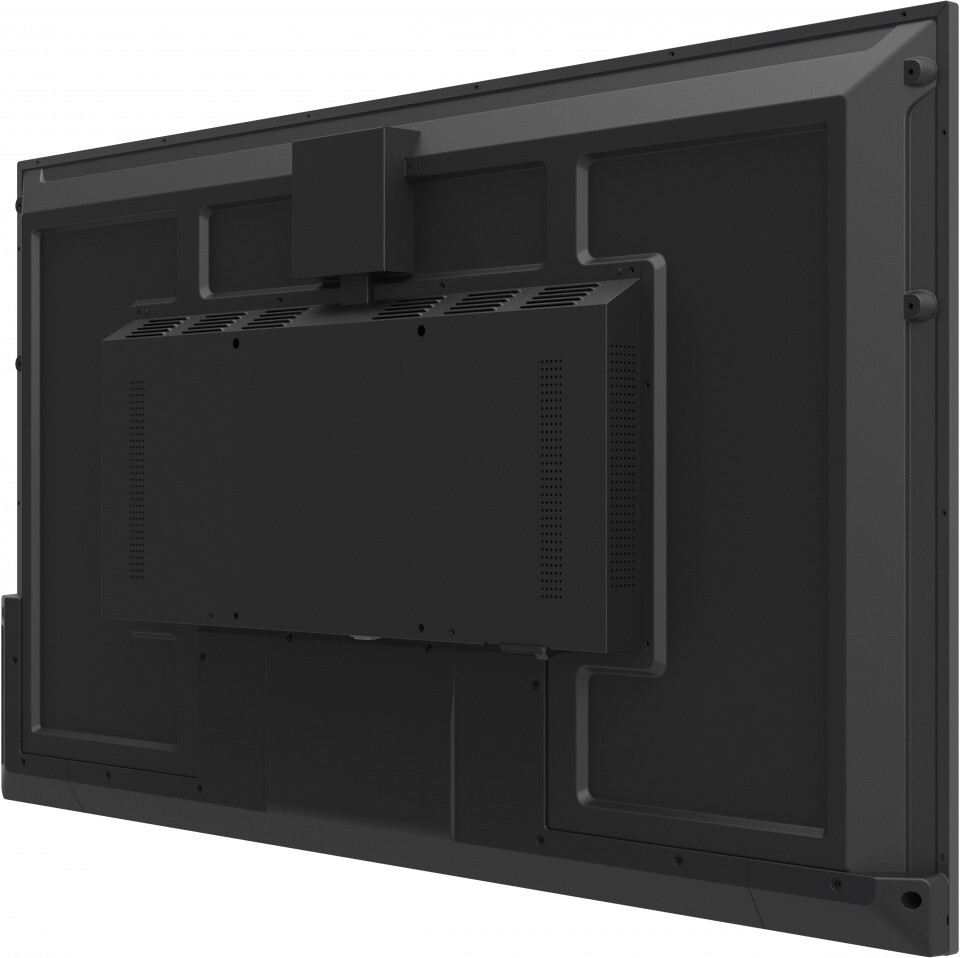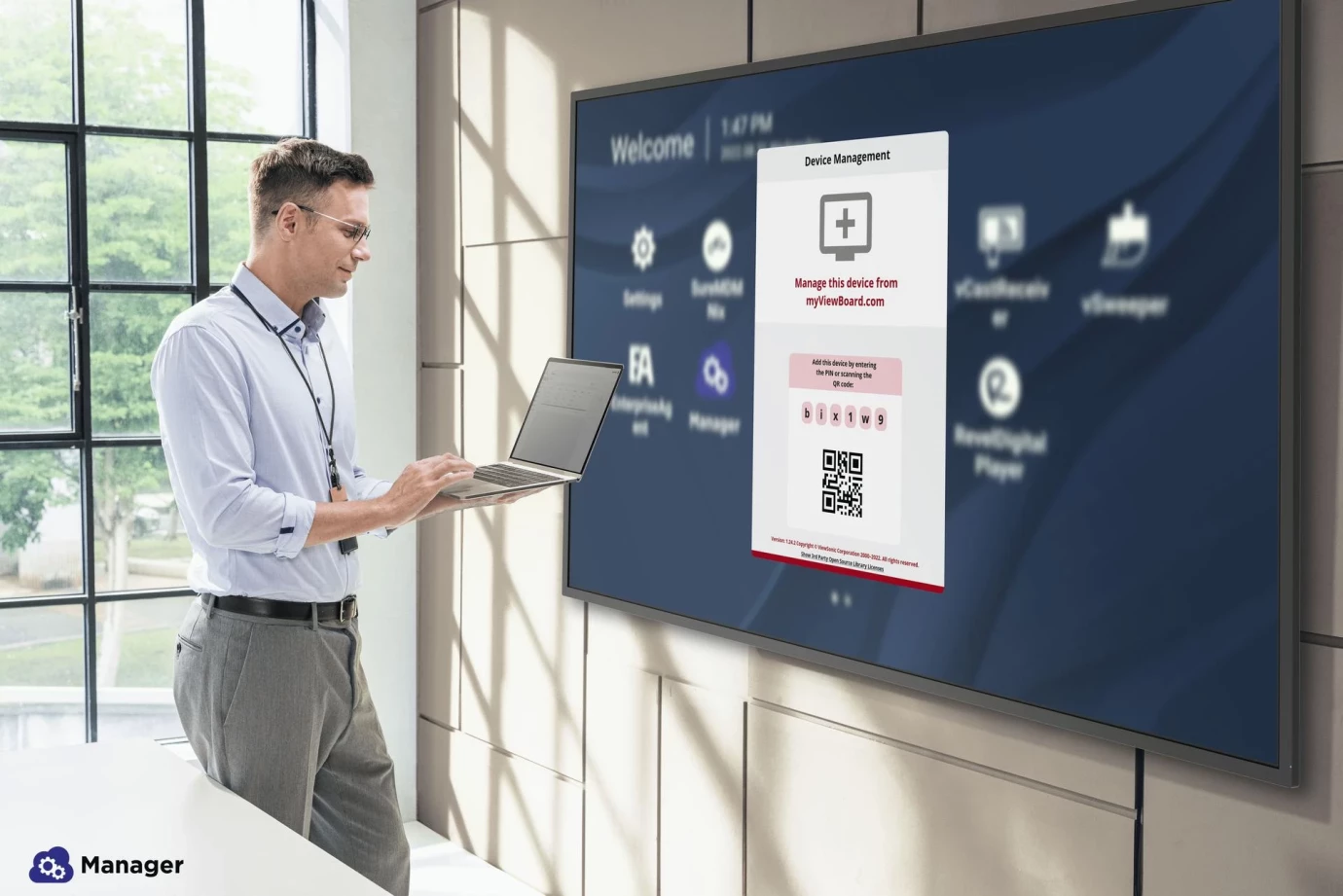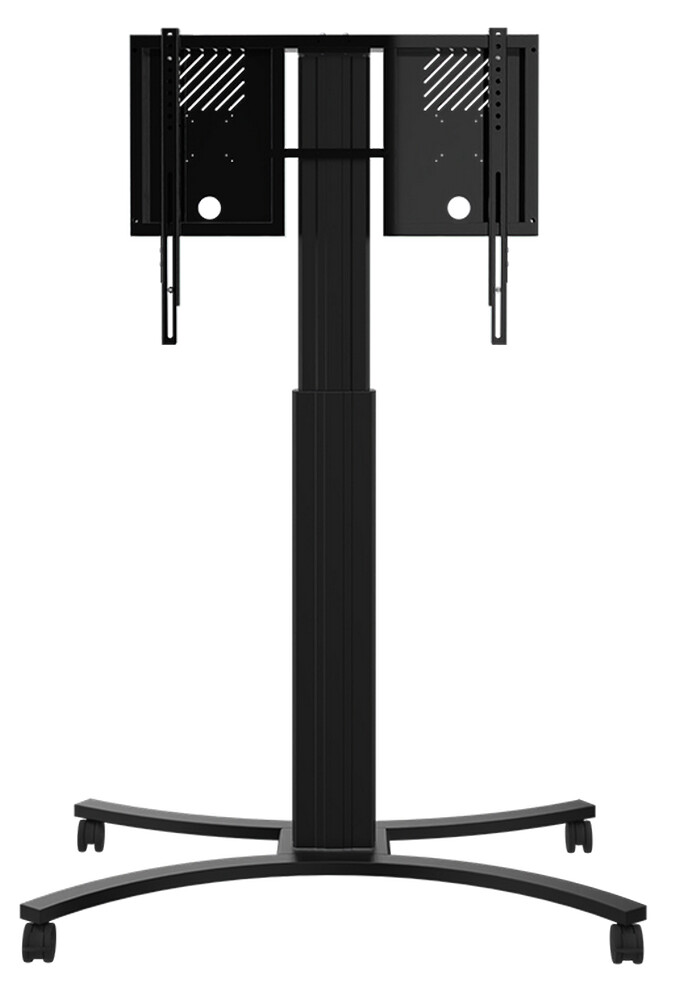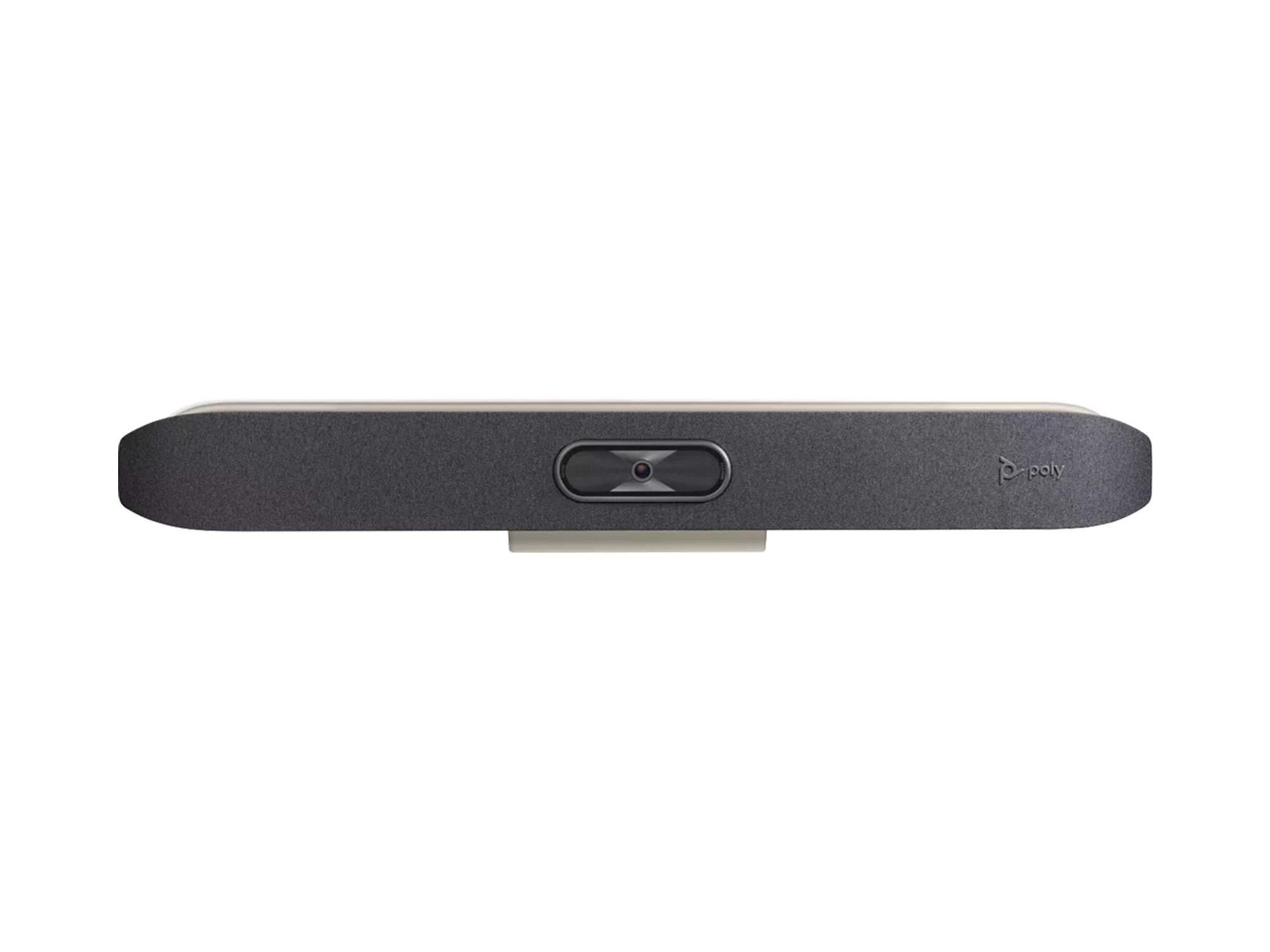































£1,440.00*
- Resolution 3840 x 2160 4K UHD
- Max. Brightness 500 cd/m²
- Panel type IPS
- Contrast Ratio 1,200 :1


Frequently purchased together
Product information
With stunning 4K Ultra HD resolution, high brightness and landscape and portrait modes, the CDE30 Series provides continuous and sustainable 24/7 viewing for corporate and campus communications. Designed specifically for ease of use, the display is equipped with a quad-core SoC to perform multiple operations seamlessly, and its USB-C single-cable solution provides effortless connectivity to external devices. Designed for easy-to-use continuous multimedia playback, the CDE30 Series offers wireless screen casting and screen sharing via myViewBoard Display and ViewBoard Cast, which also supports Airplay and Chromecast. Remote management via the intuitive myViewBoard Manager makes changing content, broadcasts and software updates a breeze. Available in 6 sizes from 43" to 98", complete with daisy-chain compatibility, the CDE30 Series meets and exceeds the communication needs of any campus or enterprise space.
- Wireless presentation for improved efficiency
- Single cable via USB-C with 65 W power output
- 24/7 sustained video playback for continuous communication
- Remote device management with myViewBoard Manager
- ProAV compatibility with Crestron, Extron and AMX
Efficient connectivity
The CDE30 Series is designed for ease of use and improved efficiency with its USB-C connectivity. This all-in-one solution combines fast data transfers and multimedia streaming over a single cable, while powering your connected device and providing it with fast and stable internet access.

Wireless content sharing
The CDE30 Series comes complete with wireless sharing solutions. myViewBoard Display delivers instant browser-based casting for screen mirroring without the need for a cable or download, making it perfect for quick presentations and guest users. For advanced features, ViewBoard Cast provides split, enhanced and grouped screen capabilities from any device. It also supports AirPlay and Chromecast, allowing users to share their screens effortlessly.

Optional Windows slot-in PC
The CDE30 series is equipped with a slot-in PC with Windows operating system to further enhance your productivity. The powerful combination of dual-band Wi-Fi and Bluetooth, a powerful Intel® Core™ i7 processor, 8GB (up to 64GB) of RAM and 256GB of SSD storage gives you all the computing power you need to run compute-intensive applications.

Disclaimer: The function is only available on certain models: CDE6530, CDE7530, CDE8630, CDE9830
Nonstop operation
The CDE30 Series can operate 24/7 to ensure continuous messaging. It operates in both portrait and landscape modes to provide the most efficient communication format. The brightness of the display provides captivating visual quality, and daisy-chain compatibility allows for easy network topology and deployment.
SoC-powered performance
The CDE30's built-in quad-core SoC with embedded Android 11 and powerful memory can run multiple tasks simultaneously, providing smooth content playback without the need for a media player. This all-in-one digital signage solution reduces both cost and carbon footprint while delivering best-in-class performance without the need for a PC or additional cables.

Simplified corporate communications
ViewSonic myViewBoard Manager is web-based software for IT teams and administrators that centralises messaging. With just one device, you can easily synchronise information across multiple presentation screens, unifying corporate communications at all levels. Whether it's a general announcement, an emergency message or a multimedia asset. A reduced workload is guaranteed.

Insight report and remote desktop
ViewSonic myViewBoard Manager offers better operational efficiency thanks to its browser-based, centralised management system. IT administrators can remotely track devices, applications and input sources, as well as measure and optimise tool usage with clear metrics and insight reports. The remote desktop feature simplifies maintenance and enables immediate support without requiring on-site IT services.

Compatible with Creston, AMX, Extron
The CDE30 Series is compatible with Creston Connected V1, AMX and Extron systems and enables an always-on mode with full remote control of all lighting, audio, display and other AV control systems both on-site and off-site.
Sustainable Solutions
The CDE30 series has been awarded EPEAT certification in the US - currently the highest environmental rating for interactive flat panel displays - for meeting the required criteria for energy consumption, supply chain carbon emissions and end-of-life management. ViewSonic is committed to sustainability and actively implements advanced energy-efficient and environmentally friendly practices across its product lines.
Technical data
| Name | ViewSonic CDE7530 75" efficient presentation display with wireless transmission & 24/7 continuous operation |
|---|---|
| Article number | 1000026077 |
| GTIN/EAN | 0766907017496 |
| Manufacturer SKU | CDE7530 |
| Model name | CDE7530 |
| Brand | ViewSonic |
| Product Type | Non-Touch Display |
| Product Series | ViewSonic CDE Series |
| Technology | LED |
| Panel type | IPS |
| backlight | Direct-LED |
| Resolution | 3840 x 2160 4K UHD |
| Diagonal | 75" |
| Aspect Ratio | 16:9 |
| Viewing angle - Horizontal | 178° |
| Viewing angle - Vertical | 178° |
| Contrast Ratio | 1,200 :1 |
| Max. Brightness | 500 cd/m² |
| run-time | 24/7 |
| Response time | 8ms |
| Refresh Rate | 60Hz |
| Support - VESA | 800 x 400 |
| Frame width | 14.7 mm |
| Operating system | Android |
| Inputs | 1x Ethernet , 1x RS232 , 1x USB-C , 2x USB-A , 3x HDMI |
| Outputs | 1x HDMI |
| Product width | 168.56 cm |
| Product height | 96.37 cm |
| Product depth | 8.16 cm |
| Weight | 34.65 kg |
| Colour | Black |
| EEK Spectrum | A to G |
| Delivery contents | Batteries , HDMI Cable , Power cable , Quick user guide , Remote control , USB-C Cable , screws |
| Condition | New |
| Warranty | 24 Month |
| Warranty type | Bringin service Service and support information |
Product safety
| Person responsible for the EU |
|---|
| ViewSonic Technology GmbH |
| Fürst-Leopold-Platz 1 |
| 46284 Dorsten |
| Germany |
| sales-uk@viewsonic.com |























